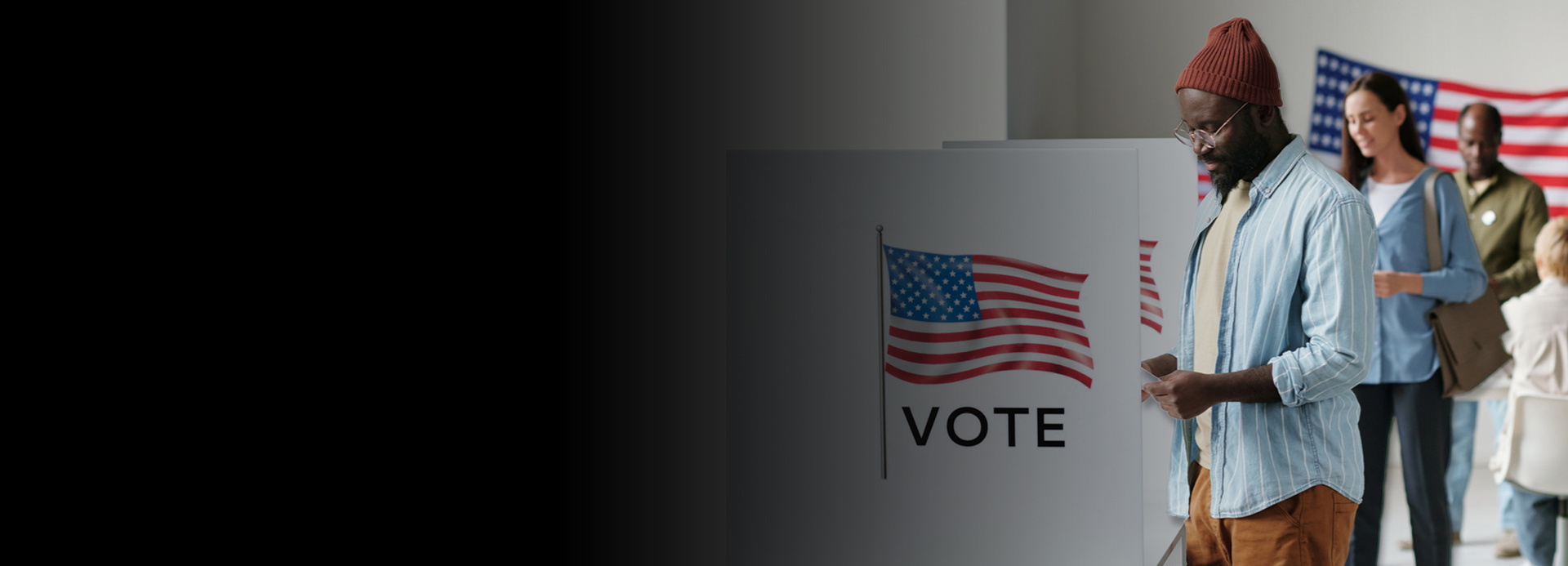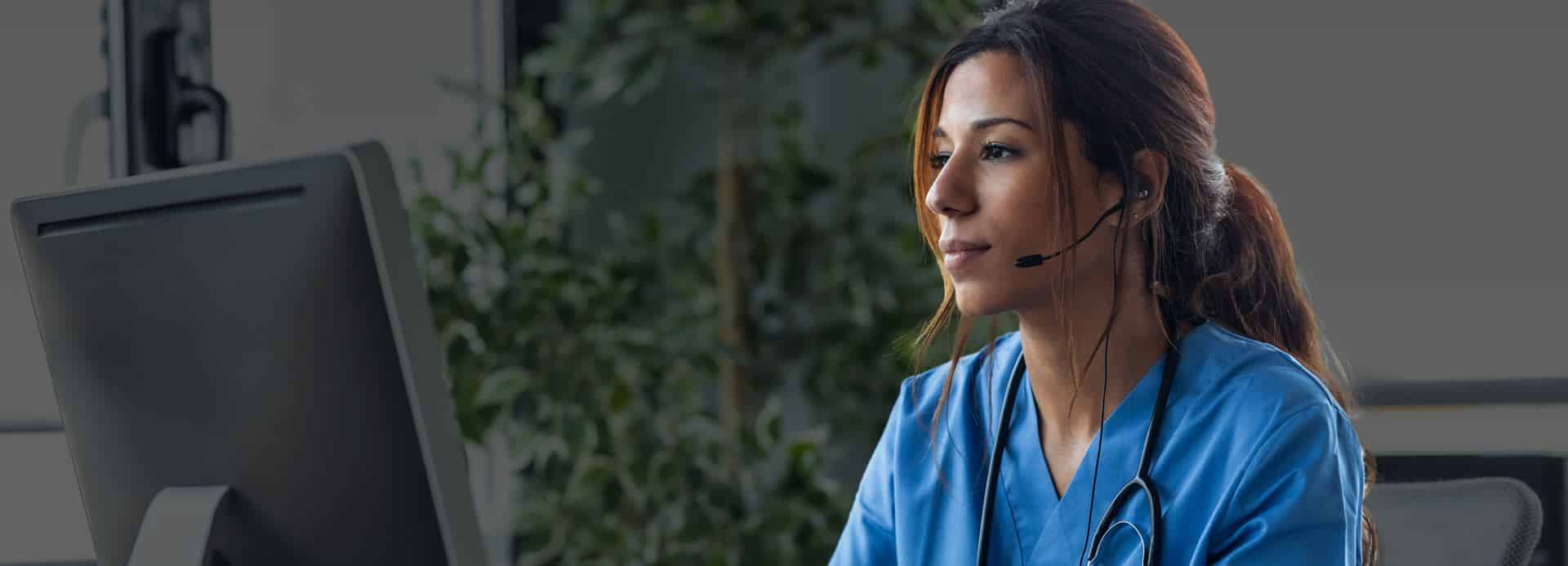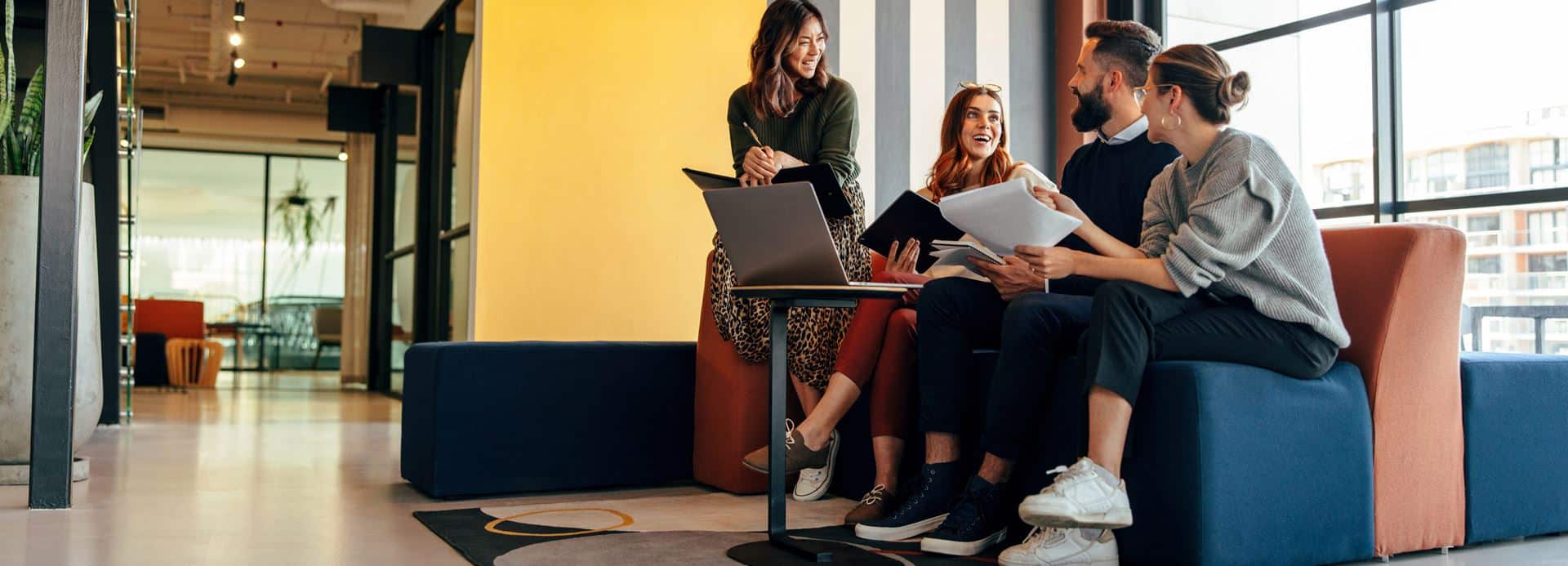Scroll through the dashboard from your latest research project and the charts look reassuringly solid – until you ask who never got the chance to answer. That blind spot is widening.
The latest demographic release from the Australian Bureau of Statistics shows 31.5 per cent of Australian residents were born overseas, the highest share on record. Pair that with the 5.6 million residents—22 per cent of the population—who speak a language other than English at home and you’ve got a research landscape where English-only surveys feel less like a shortcut and more like a locked gate.
The choice of mode also matters just as much as language. In a controlled experiment, the Pew Research Centre put identical questions to two samples—one interviewed by phone, the other self-administered online. Answers diverged by ten percentage points or more on sensitive items, a stark reminder that every method carries its own bias. Rely on one mode and you risk mistaking a partial view for the full picture.
That’s why TKW Research keeps the brief simple: reach everyone who matters, not just everyone who is easy to reach. Sometimes that means hopping between CATI, online and face-to-face within the same study. Other times it means fielding multilingual interviewers for culturally and linguistically diverse (CALD) communities, or convening hard-pressed GPs and physiotherapists for a 20-minute deep-dive. And when a moment-in-context is the whole point—think travellers rating a security queue while they’re still in it—boots-on-the-ground intercept teams step in.
Let’s take a look at the different methods that can be employed to ensure your next study reaches everyone it needs to.
Omnichannel Design – One study, many doorways
Relying on a single channel is like fishing with one kind of bait: you’ll always wonder what swam past the hook. Mixing CATI, online and in-person interviewing broadens the net in three ways:
- Coverage. Phone dialling (for both landline and mobile) targets older cohorts and households with low bandwidth; online links attract the digital-first crowd; and tablet-equipped fieldworkers capture venue-specific audiences.
- Consistent scripts. A single questionnaire engine drives all modes, so wording, logic and quotas sync in real time.
- Bias balancing. The candour of a self-administered web form offsets social desirability bias in live phone calls, while interviewer probes rescue half-finished web surveys that require clarification.
Because every response is stored in one database, analysts can de-duplicate repeats, monitor mode-specific skews, and weight the final file with a clear understanding. For B2B studies that juggle C-suite time zones, consumer trackers chasing postcode precision, and healthcare projects that must respect appointment diaries, the omnichannel frame becomes less a luxury than an operating system.
CALD Engagement – Language as a sampling variable
If language barriers block a quarter of your sample, no weighting scheme will save the margins. Victoria’s own diversity stats make the case: 300 ancestries, 290 languages, 27 per cent of residents using a non-English language at home.
Health-sector guidelines lay out a practical path. South Western Sydney LHD calls for NAATI-certified translations, bilingual interviewers and culturally adapted consent forms when engaging CALD populations. South Eastern Sydney’s CALD self-assessment tool adds checkpoints for flagging interpreter needs and training staff in cultural safety.
Practically, CALD engagement slots straight into the omnichannel spine. A questionnaire scripted in nine languages can be transferred seamlessly from CATI to web to field tablets without re-keying. Callers open with “language preference” and switch to the right version on the spot. The payoff is simple: fewer call-backs, higher completes, and more accurate representation.
Healthcare Professionals – Listening to the experts who live the problem
Designing a study “from all angles” often means capturing both public experience and professional insight. Clinicians, however, form one of the toughest respondent groups. Crowded diaries, privacy responsibilities and survey fatigue combine to kill response rates.
TKW Health, the specialist division of TKW Research, maintains a verified domestic database of over 85,000 healthcare professionals—general practitioners, specialists, and allied health providers— across Australia and New Zealand. Each database member enters through credential checks (registration number, practice address) and chooses preferred contact modes.
The upshot is insight that fuses clinical knowledge with lived experience—an essential check when decisions touch medication adherence, service design or new-device rollouts.
Face-to-Face Access – Where context is half the answer
Some questions only make sense in their original context. An airport passenger rating curb-to-gate flow, a shopper comparing two packages on the shelf, or a festival-goer reacting to signage—catch them later and half the detail has evaporated. Studies on travel research emphasise the value of “real-time feedback” from airport intercept interviews, citing the immediacy and context as the primary advantages over recall-based methods.
TKW’s face-to-face teams work as an extension of the CATI and online crews. Mixed-mode studies can use the same scripting platform and quotas, just with different scenery. Interviewers carry encrypted tablets that sync every few minutes, so project managers watch their completions roll in alongside data from phones and the web. The approach shines in three scenarios:
- Venue-specific audiences. Airports, trade shows, cultural events or precinct pop-ups where the sample literally walks past the clipboard.
- Low-literacy settings. Populations who may struggle with self-administered forms but are happy to talk through a question.
- Product trials or demos. Immediate “see, touch, respond” feedback that lab sessions can’t replicate.
By folding these intercepts back into the omnichannel project, researchers maintain a single, integrated dataset rather than a patchwork of files with incompatible variables.
Make Every Voice Count
Inclusive research is not a buzzword. It’s the foundation of evidence-based decision-making. An omnichannel framework widens the doorway, CALD protocols prevent language from becoming a barrier, dedicated expert panels provide additional insight, and face-to-face interactions capture context in real time. Put them together, and the “unreachables” suddenly show up in the cross-tabs.
- Coverage First – A single channel may be faster, but an omnichannel design (phone, web, intercept) is the surest path to representative data.
- Language Matters – With one-quarter of Victorians speaking a non-English language at home, multilingual fieldwork isn’t a luxury, it’s a sampling variable.
- Panels with Purpose – Whether you’re talking consumers, CEOs or cardiologists, dedicated recruitment funnels and credential checks protect data integrity.
- Cost and Quality Can Coexist – A distributed call-centre model paired with shared technology keeps CATI affordable without compromising interviewer standards.
If your next brief demands more than convenient answers – if it needs complete answers -take a fresh look at how the questions are asked. Contact TKW Research today to discuss how our omnichannel approach can help you reach every voice that matters.










